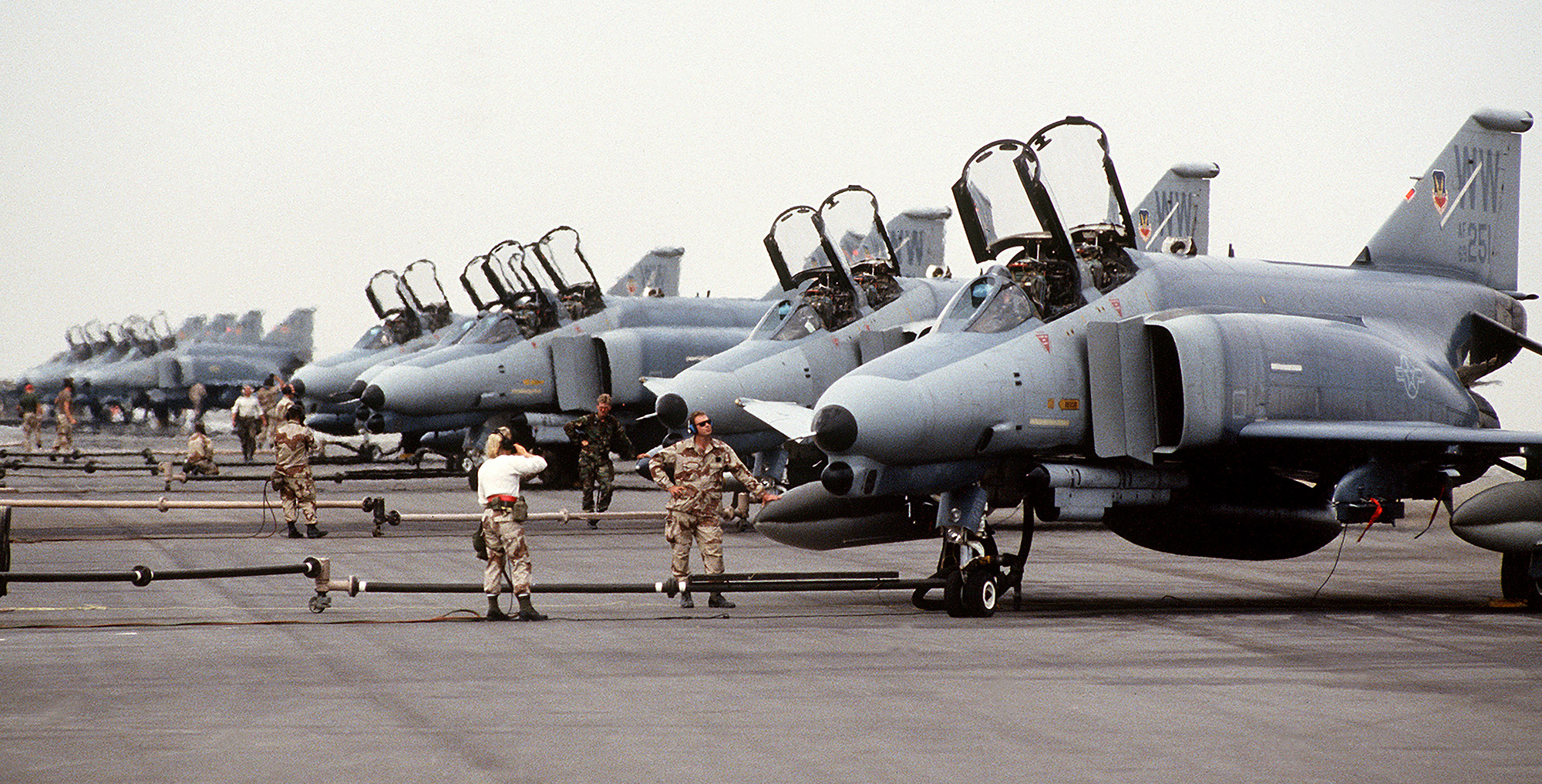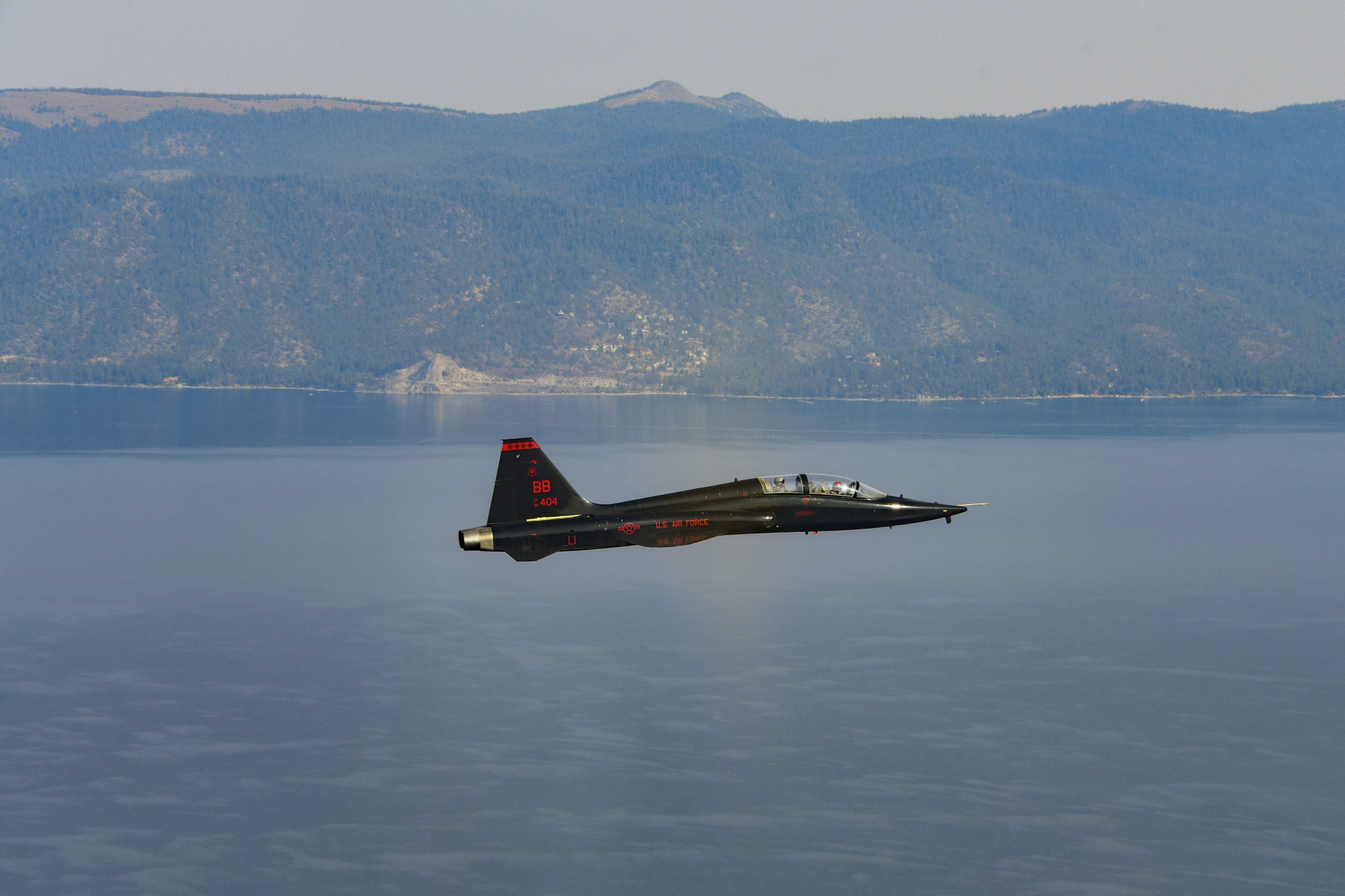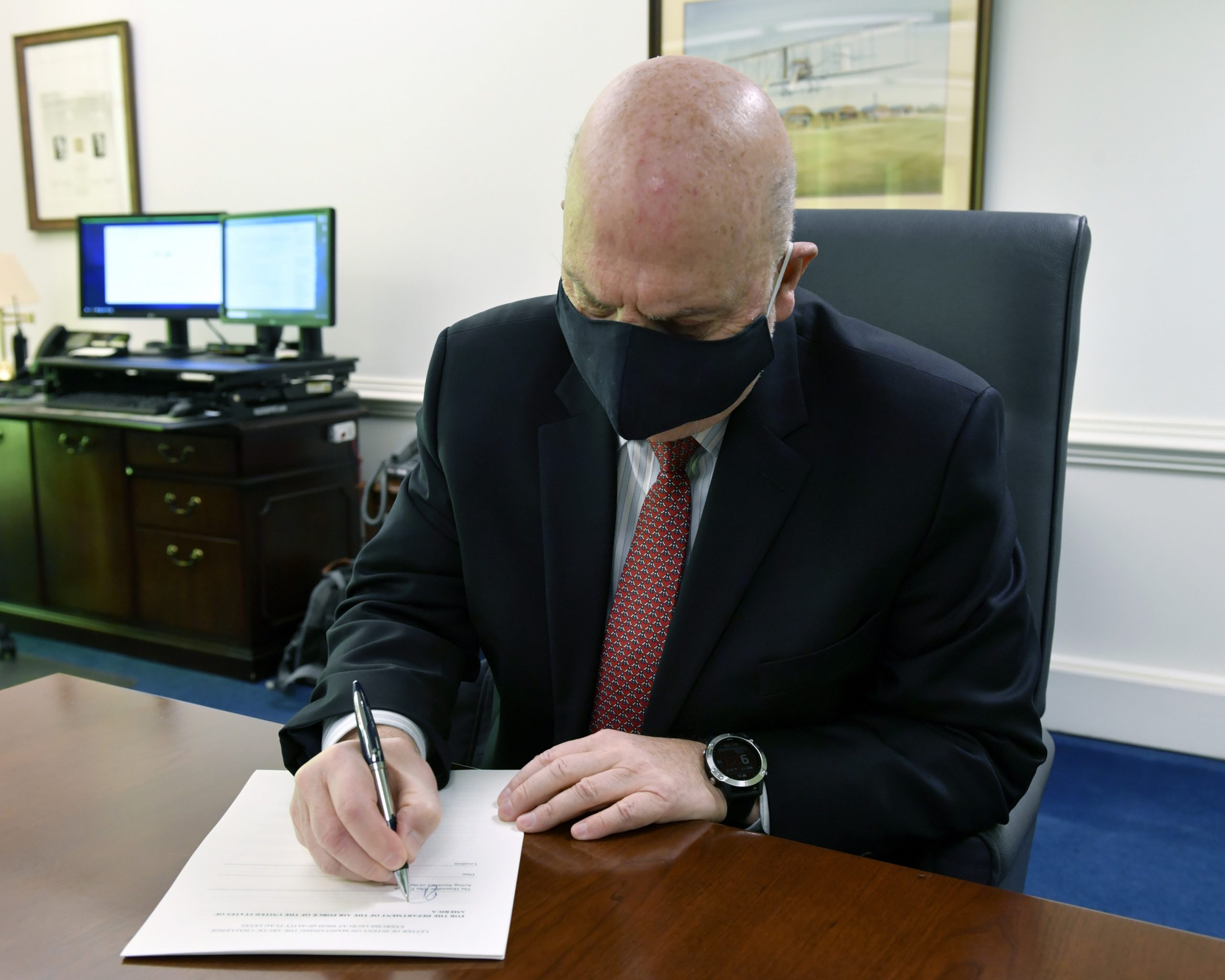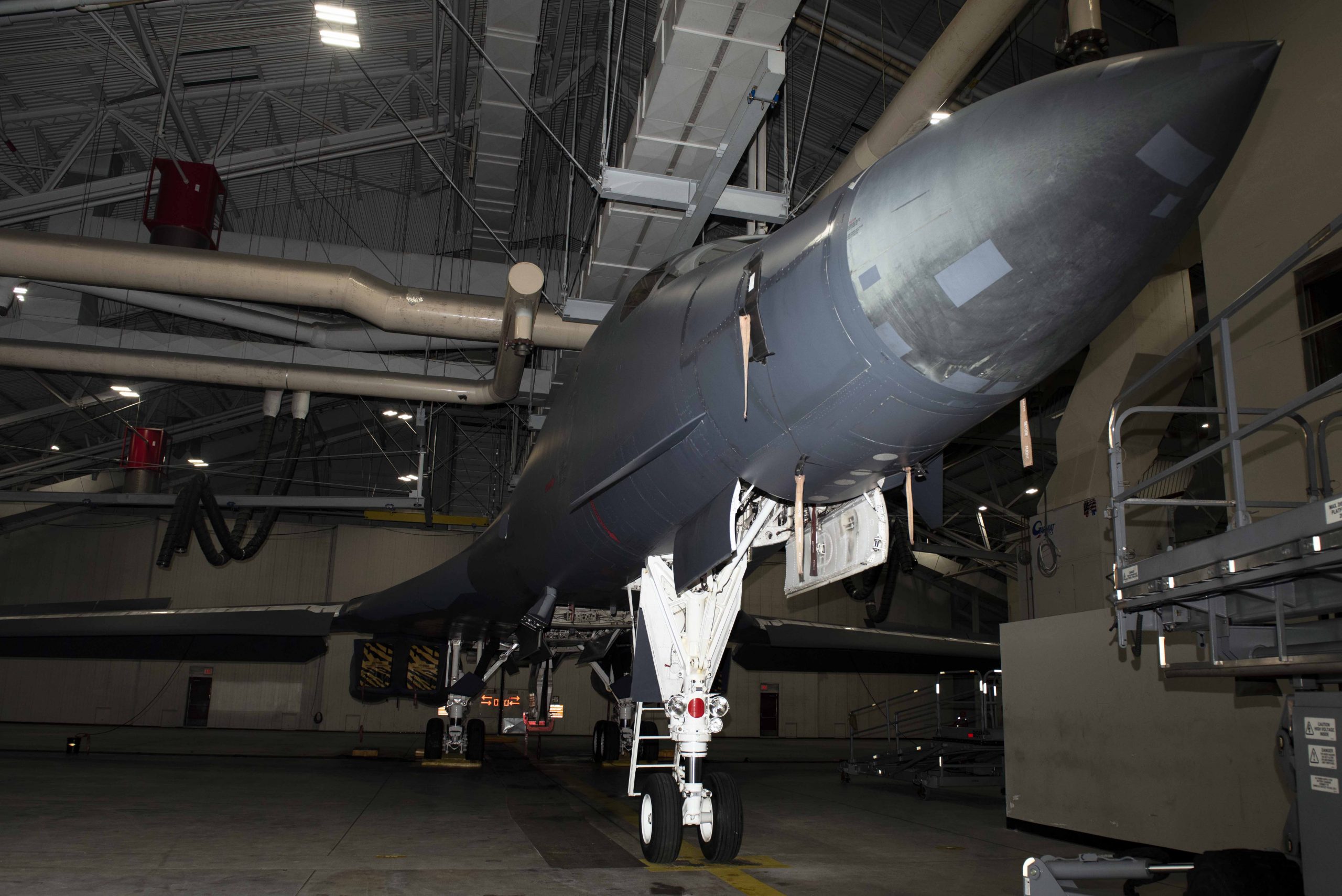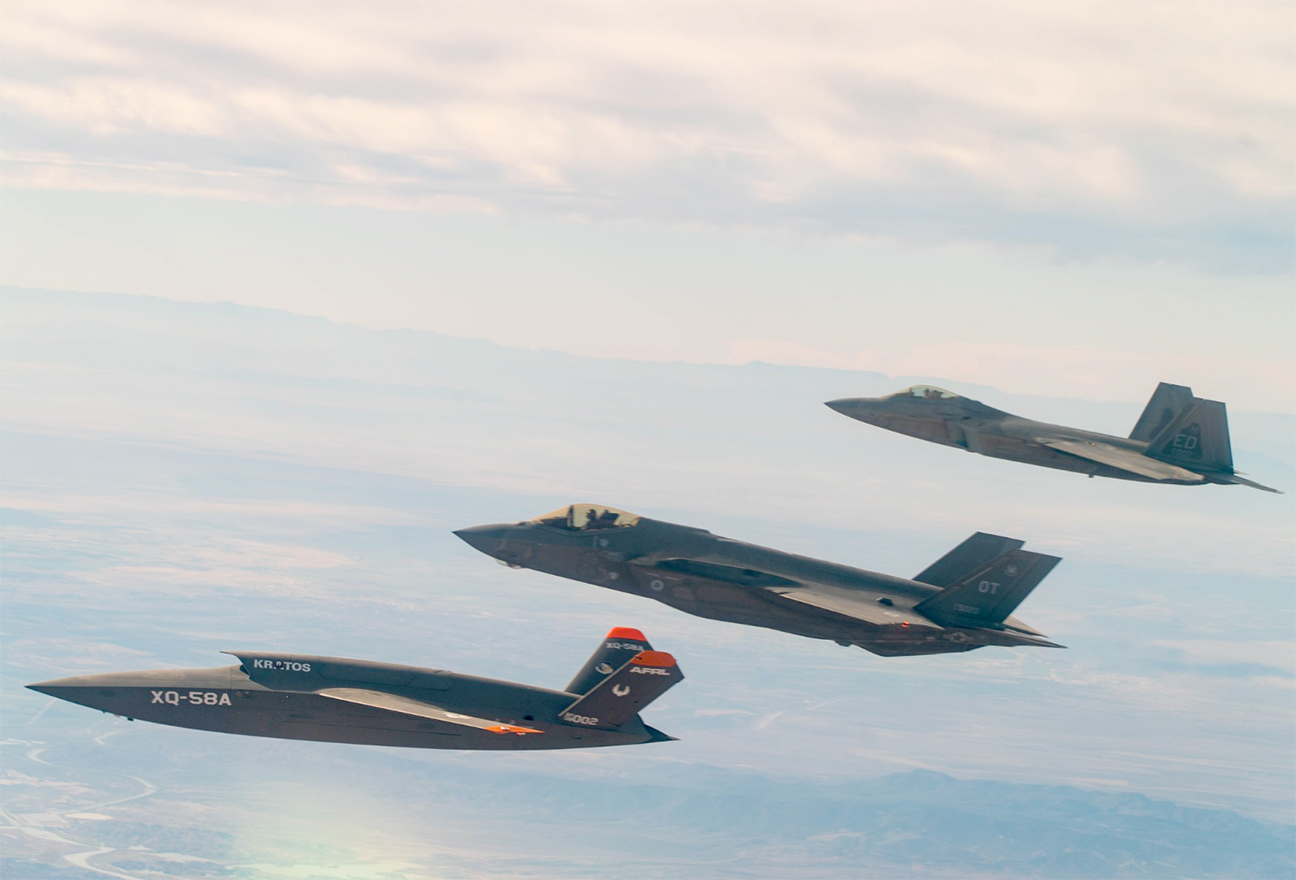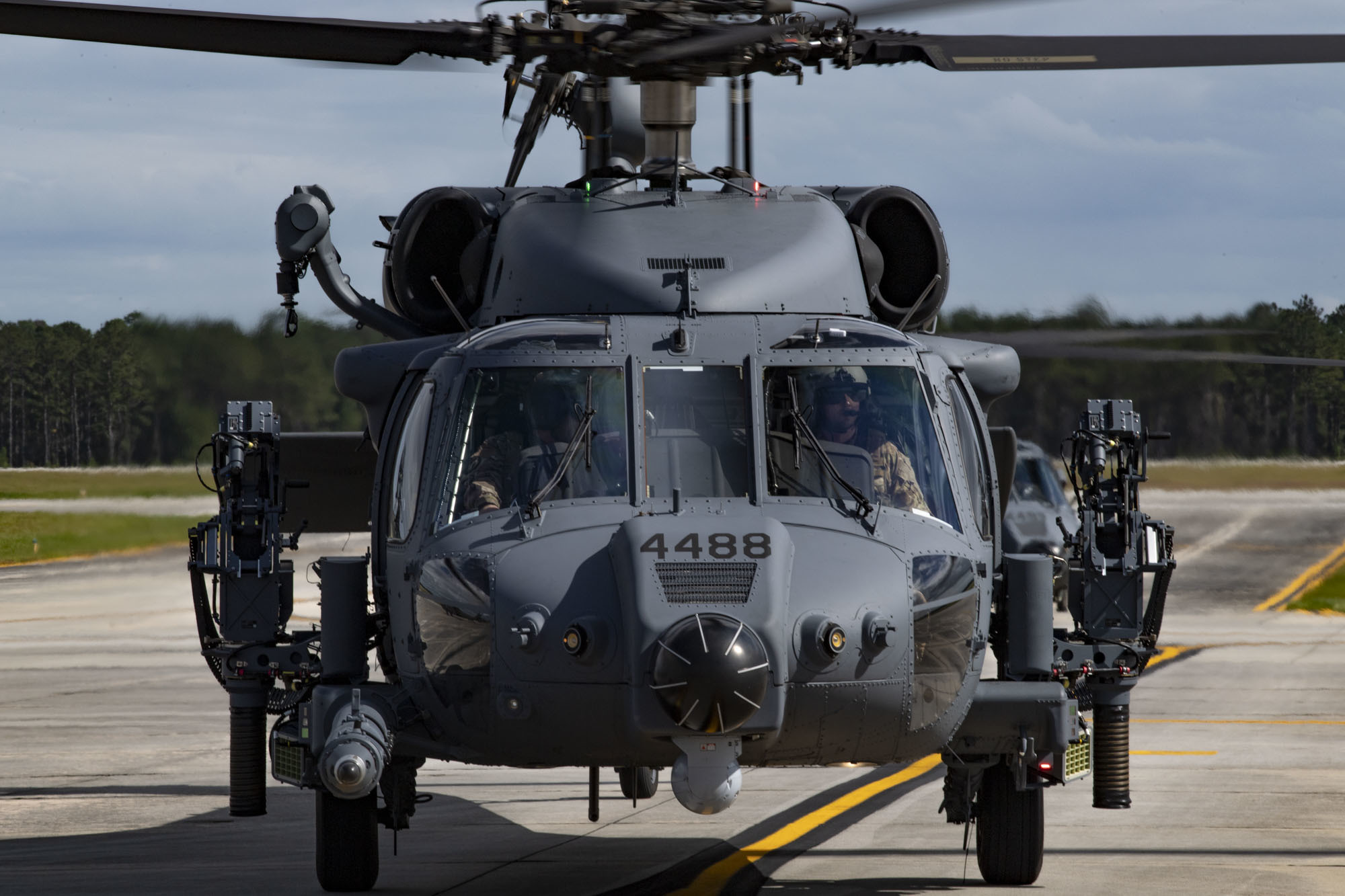In commemoration of the 30th Anniversary of Operation Desert Storm, Air Force Magazine is posting daily recollections from the six-week war, which expelled Iraq from occupied Kuwait.
Feb. 19:
- President George H.W. Bush declares the Soviet peace proposal inadequate.
- A mixed force of F-4Gs and F-16s from a composite wing in Turkey launch a daylight attack on Baghdad from the north.
- The coalition flies a record 3,000 attack sorties; the total for 34 days of air war rises to 83,000.
Feb. 20:
- The U.S. Army engages with a Iraqi reconnaissance unit, destroying five tanks and 20 artillery pieces.
Feb. 21:
- Iraq fires three Scud missiles toward King Khalid Military City in Saudi Arabia.
- U.S. casualties reach 20 killed in action, 27 wounded in action, 29 missing in action (plus two noncombat missing in action), and nine prisoners of war. The coalition holds 2,500 Iraqi POWs.
- After meetings in Moscow with Iraqi Foreign Minister Tariq Aziz, the Soviets announce that Iraq accepts the Soviet peace proposal.
Check out our complete chronology of the Gulf War, starting with Iraq’s July 1990 invasion of Kuwait and running through Iraq’s April 1991 acceptance of peace terms.
